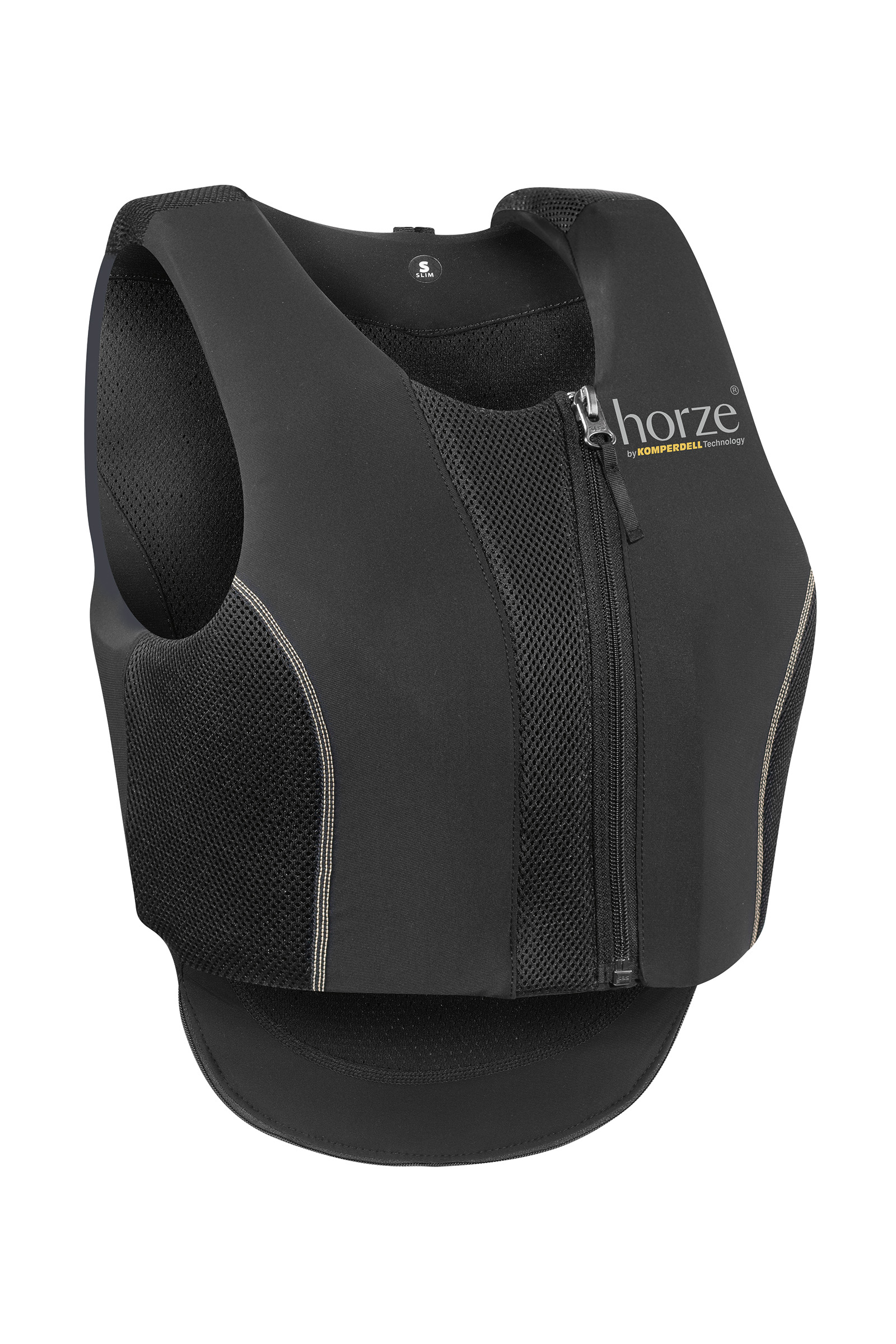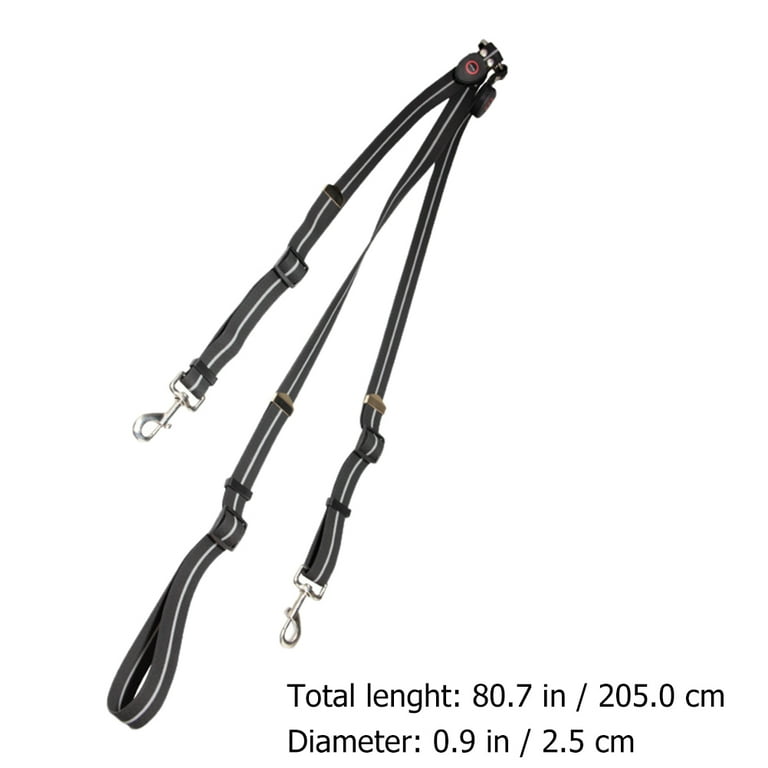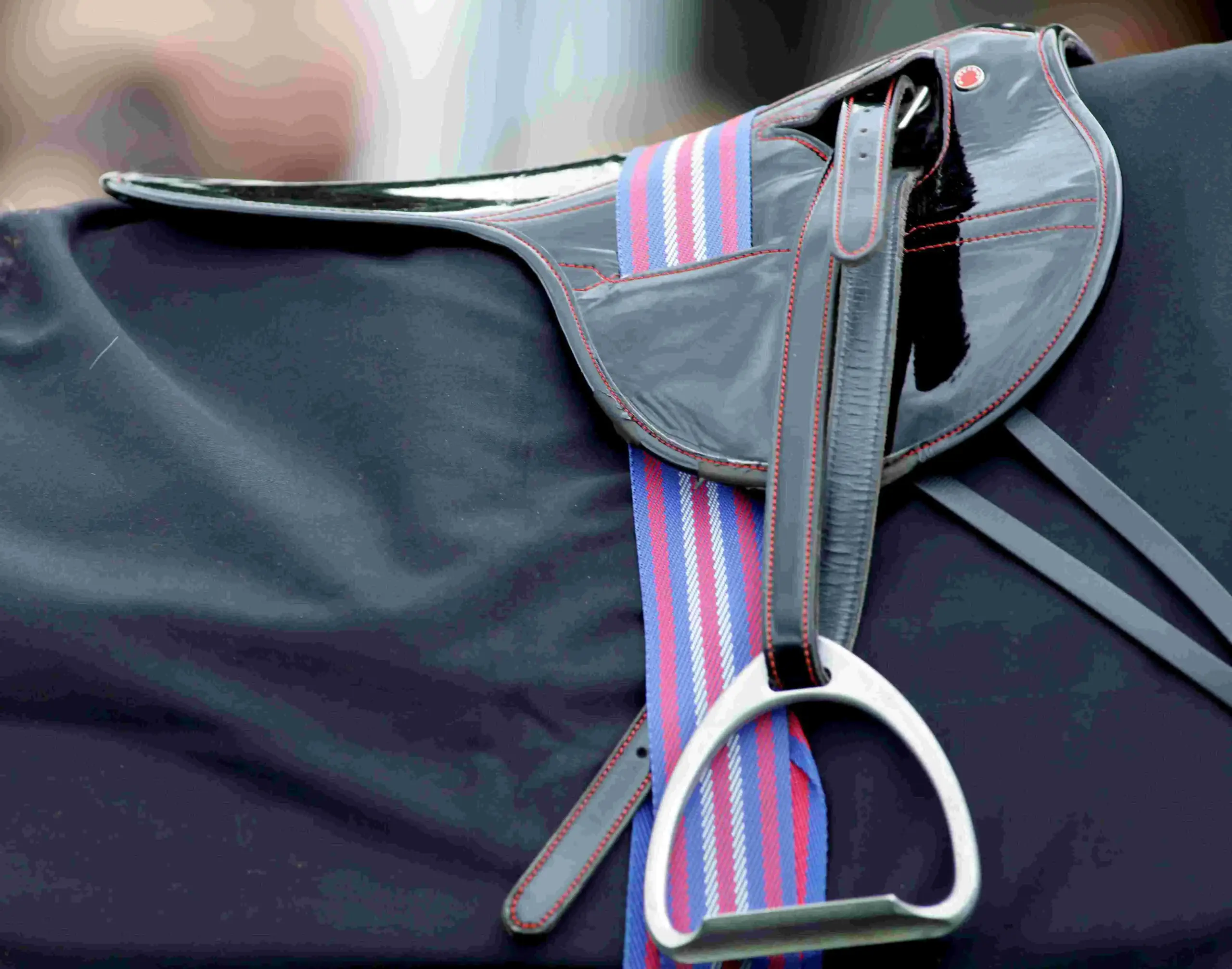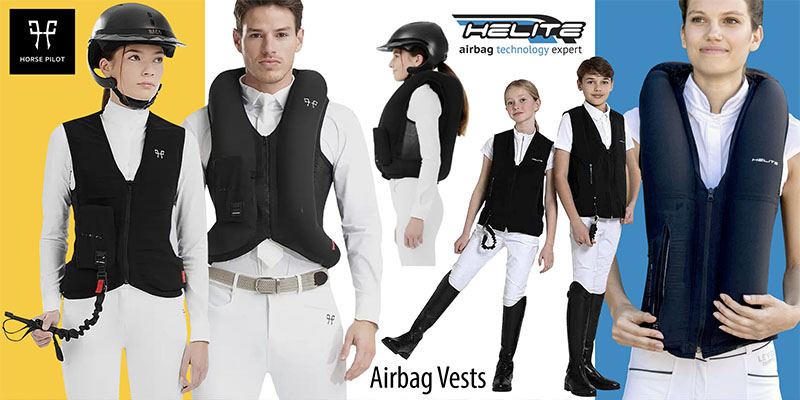The Role of Technology in Horse Safety

Ensuring the safety of horses is a critical concern for owners, trainers, and veterinarians alike. Advances in technology have significantly improved the ways we can protect horses from injury, monitor their health, and respond quickly in emergencies. This article explores the various technological innovations that contribute to horse safety, highlighting their benefits and practical applications.
Key Technologies Enhancing Horse Safety

| Technology | Description | Benefits |
|---|---|---|
| Wearable Sensors | Devices attached to horses to monitor vital signs and activity levels | Early detection of health issues, injury prevention |
| GPS Tracking | Real-time location tracking systems | Prevents loss, aids in quick recovery |
| Smart Helmets | Helmets equipped with impact sensors for riders | Detects falls and head injuries, alerts emergency contacts |
| Automated Feeding Systems | Technology that controls feeding schedules and portions | Ensures proper nutrition, prevents overfeeding |
| Surveillance Cameras | Cameras installed in stables and pastures | Monitors behavior, detects distress or intruders |
How Technology Improves Horse Safety

1. Health Monitoring
Wearable sensors can track heart rate, respiratory rate, temperature, and movement patterns. This data helps detect early signs of illness or fatigue, allowing for timely intervention.
2. Location Tracking
GPS devices enable owners to monitor their horses’ whereabouts, especially useful for horses turned out in large pastures or during transport.
3. Injury Prevention
Smart helmets and protective gear with embedded sensors can alert riders and trainers to impacts that might cause concussions or other injuries.
4. Nutrition Management
Automated feeding systems ensure horses receive the right amount of feed at the right times, reducing the risk of colic and other digestive issues.
5. Security and Surveillance
Cameras and motion detectors help monitor horses continuously, providing peace of mind and quick response capabilities in case of emergencies.
Frequently Asked Questions (FAQ)
Q1: How reliable are wearable sensors for horses?
A1: Modern wearable sensors are highly reliable and provide real-time data that can be accessed remotely, though they should complement, not replace, regular veterinary check-ups.
Q2: Can GPS tracking devices affect a horse’s comfort?
A2: GPS devices are designed to be lightweight and minimally intrusive, ensuring they do not interfere with the horse’s natural movements.
Q3: Are smart helmets widely available?
A3: Yes, smart helmets are becoming more common and are recommended for riders who prioritize safety, especially in competitive or trail riding environments.
Q4: What are the costs associated with these technologies?
A4: Costs vary widely depending on the technology and features, but investing in horse safety technology can save money in the long run by preventing injuries and health issues.
Conclusion
Technology plays a vital role in enhancing horse safety by providing tools for monitoring health, preventing injuries, managing nutrition, and ensuring security. As these technologies continue to evolve, they offer promising opportunities to improve the welfare and longevity of horses worldwide.
